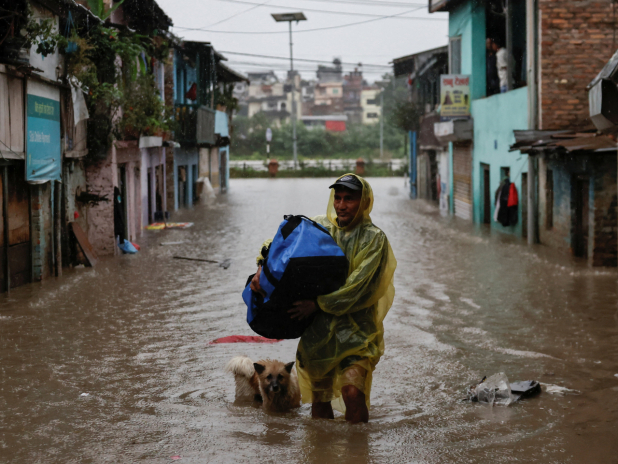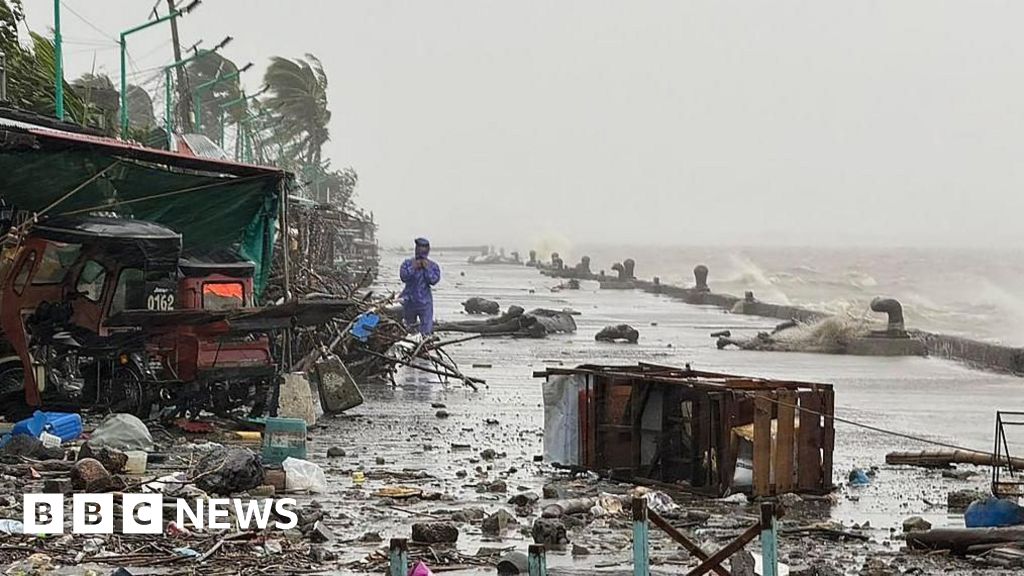Landslides and Floods Claim Over 60 Lives in Nepal and India
Torrential monsoon rains have triggered devastating landslides and flash floods in Nepal and neighboring India, resulting in the deaths of at least 63 people since Friday, according to official reports. Rescue teams are struggling to reach remote mountain settlements, hampered by dangerous terrain and ongoing rainfall.
Nepal Grapples with Severe Damage
The most severe impact is in Nepal's eastern hills, where unprecedented rainfall has overwhelmed local infrastructure and emergency services. Authorities have confirmed at least 51 deaths in Nepal, with the Ilam district, bordering India, bearing the brunt of the disaster. Landslides have buried homes and disrupted transportation routes, leaving many communities isolated.
Kalidas Dhaubaji of Nepal's Armed Police Force reported that 37 people perished in Ilam alone due to landslides. Rescue crews are working to recover victims from the debris, but many areas remain inaccessible. The Bagmati River in Kathmandu overflowed, flooding neighborhoods and stranding travellers.
Devastation Across the Border in India
Across the border in West Bengal, India, the Darjeeling region has also suffered significant damage. Landslides have flattened homes and blocked key roads, resulting in at least seven deaths. Casualties have also been reported in Bihar, Uttarakhand, and Himachal Pradesh, where flash floods and lightning strikes have added to the death toll. In Bihar, at least 10 people have died due to flooding and lightning as the Koshi River surged, inundating farmland and towns.
Unseasonal Monsoon Intensifies the Crisis
The monsoon season typically wanes by mid-September, but this year, an unusual low-pressure system prolonged the rainfall into October. This has resulted in up to 300 millimeters of rain falling within 48 hours across the eastern Himalayas. Weather officials attribute the event to shifting climate patterns, which can intensify rainfall in vulnerable mountainous areas. Heavy snow and rain has stranded hundreds of trekkers near the Everest region. Reports of avalanches further compound the danger, and at least 11 people, including four foreign hikers on the Langtang trail, are missing in Koshi Province.
Rescue Operations and International Assistance
Nepal's National Disaster Risk Reduction and Management Authority has deployed over 2,000 personnel from the army, police, and armed forces to assist in rescue efforts. Helicopters are being used to airlift survivors from inaccessible locations. India has offered support to Nepal, with Prime Minister Narendra Modi expressing condolences and pledging assistance. Relief teams from Bihar are collaborating with their counterparts across the border to provide food, blankets, and medical supplies.
Long-Term Implications and Climate Concerns
The emergency presents a significant challenge for Nepal, which is currently navigating an interim government. Last year's floods resulted in 224 deaths in the region, serving as a grim reminder of the risks associated with mountain weather. Climate groups are advocating for increased investment in early warning systems and infrastructure improvements to mitigate future losses. The India Meteorological Department has issued red alerts for the Himalayan foothills and advised evacuations near flood-prone rivers, focusing on prevention measures.
Aftermath and Community Response
Volunteers are continuing to search for survivors and recover belongings. In Darjeeling, tea workers have formed human chains to clear paths, demonstrating their resilience and grief. Community leaders have pledged to mourn their dead and rebuild together. These efforts come too late for families impacted by the recent storm.
 Visit the website
Visit the website







